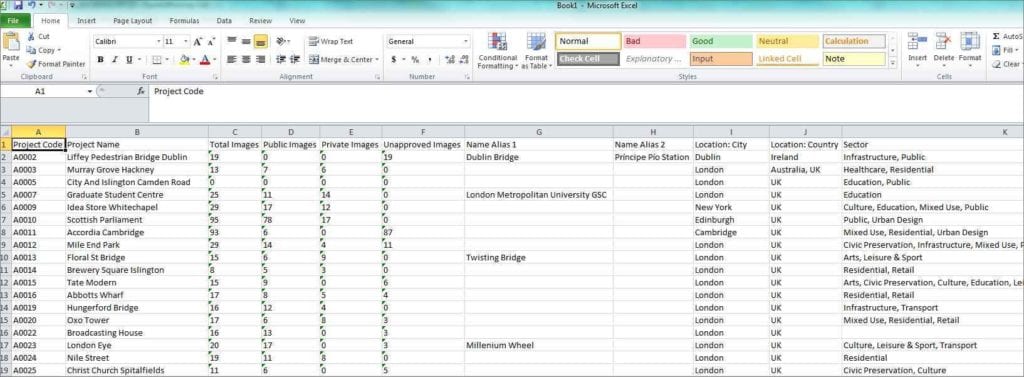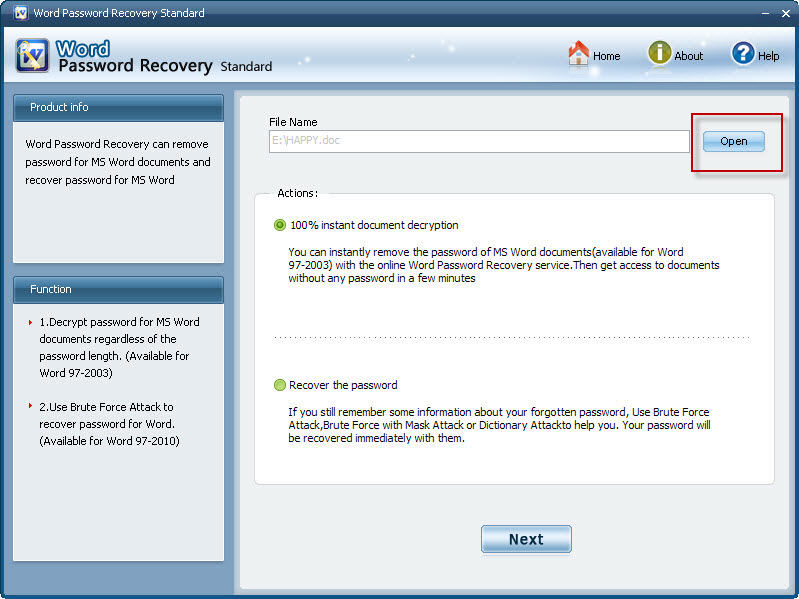

There are a number of attacks that can be employed to find a password or remove password protection from Excel and Word documents.
#MS OFFICE PASSWORD CRACKER SOFTWARE#
The protection for worksheets and macros is necessarily weaker than that for the entire workbook as the software itself must be able to display or use them.

Office 2016 (Access, Excel, OneNote, PowerPoint, Project, and Word) uses 256-bit AES, the SHA-1 hash algorithm, and CBC ( Cipher Block Chaining) by default. Office 2013 (Access, Excel, OneNote, PowerPoint, Project, and Word) uses 128-bit AES, again with hash algorithm SHA-1 by default.
#MS OFFICE PASSWORD CRACKER CRACK#
With the help of the SHA-1 hash function, the password is stretched into a 128-bit key 50,000 times before opening the document as a result, the time required to crack it is vastly increased.Įxcel and Word 2010 employed AES and a 128-bit key, but the number of SHA-1 conversions doubled to 100,000. At present there is no software that can break this encryption. In Office 2007 (Word, Excel and PowerPoint), protection was significantly enhanced since a modern protection algorithm named Advanced Encryption Standard was used. Weak passwords can still be recovered quickly even if a custom CSP is on.

Choosing a non-standard Cryptographic Service Provider allows increasing the key length. The default protection in Office XP and 2003 was not changed, but an opportunity to use a custom protection algorithm was added. This protection algorithm is also currently considered to be weak and presents no difficulties to hacking software. In Excel and Word the key length was increased to 40 bits. Hacking software is now readily available to find a 16-byte key and decrypt the password-protected document instantly (because it's only like a Vigenere Cipher). In Excel and Word 95 and prior editions a weak protection algorithm is used that converts a password to a 16-bit verifier and a 16-byte XOR obfuscation array (page 60/119) ( ) key. History of Microsoft Encryption password Due to the encryption of a document protected by a password to open it, a hacker needs to decrypt the document to get access to its contents. If a user fails to enter a correct password to the field which appears after an attempt to open a password-protected document, viewing and editing the document will not be possible. It is possible to set this type of password in all Microsoft Office applications. The password that encrypts a document also restricts the user from opening the document.


 0 kommentar(er)
0 kommentar(er)
